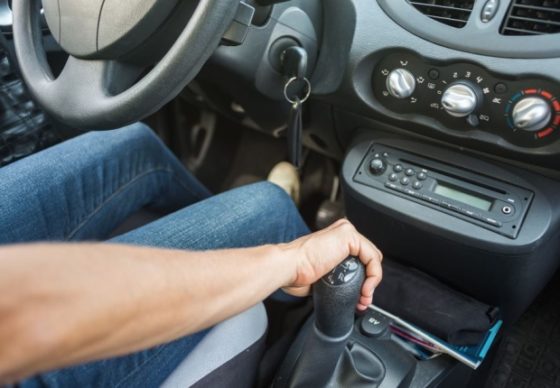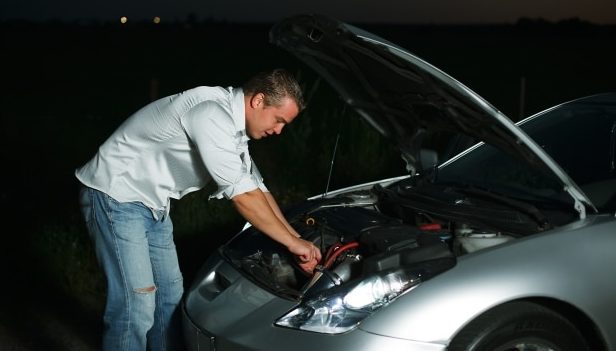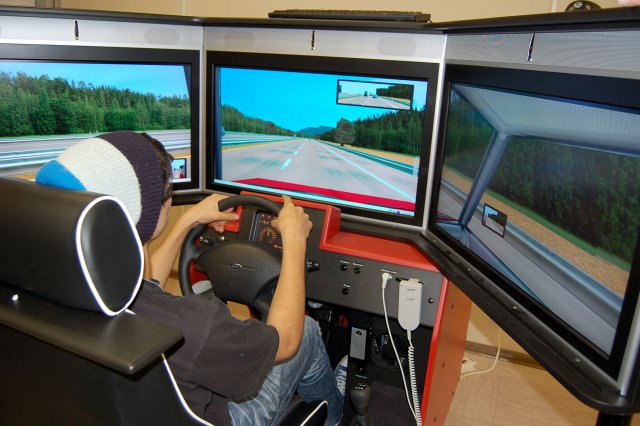Most teens are just starting out to drive and don’t qualify as car experts. However, car trouble can happen to anyone and of course, at the most inconvenient time.
First, train your teen to become accustomed to noises, vibrations and the feel of the car when idling and at different speeds. Here are additional tips every teen driver should know before heading out on the road.
Strange Odors
Obviously, a strange odor is a sign of car trouble. If it’s coming from the engine, a burnt smell indicates overheating or leakage.
There could be a problem with the fuel line, filter or other easy to locate parts under the hood.
Manual Transmission Problems
Problems using the clutch are found on cars with a manual transmission. Train your teen to become used to noises, vibrations and the feel of the car while driving in different gears.

Indicators your clutch is nearing the end of its life:
- Feels soft or spongy
- A burning smell
- Trouble shifting
- Visible damage to the clutch (for the mechanical savvy)
It’s the sign of bad clutch requiring repair or replacement by specialists like Mr. Transmission. This problem is common in older cars having heavy wear and tear.
Warning Lights On
The warning lights indicate problems with the oil, engine or brakes. The indicators are vague and require you to visit a mechanic.
Under no circumstance should you ignore the lights and continue driving as if no problem exists.
Poor Traction
Poor traction happens when the car becomes difficult to control on the road. The car is impossible to control under extreme weather conditions.
When mud or ice is present, you take the risk of swerving and careening out of control. This is a sign of bad tires with tread that has worn down past acceptable levels.
Adding a new set of tires is the primary solution for traction problems.
Tires
Problems with tires can be a more difficult problem to detect. Your kids should routinely check their tires to make sure they are correctly balanced and aligned.
Typically these problems can be detected while driving. If it feels like they are on a bumpy road when it isn’t your tires will need to be balanced.
If your car is veering to one side of the road or another rather than driving straight, the car needs to have its alignment fixed. Your kids should also have their tires regularly rotated to make sure they last as long as possible.
Unusual Noises
Some engine noise is reasonable, but teens should know when they hear too much. Grinding noises could mean that the gears are worn out and need transmission repairs.
When you hear regular bouts of sputtering or rattling sounds, there is a severe engine problem that needs a mechanic’s advice. Just because the car drives doesn’t mean it’s in good driving condition.
Teens are so busy with their social and academic lives they forget about having good car sense. Many drive their parents’ cars and choose to ignore any strange sounds or odors.
However, teens are more likely to act recklessly and get into accidents as they drive. So, it’s more important they learn how to recognize the signs of car trouble.
It’s a fact, teen drivers have the greatest risk of unforeseen road mishaps, regardless of whether the car is new or old, cheap or expensive. Here’s a list of the five best-used cars you can get your teen, without having to compromise much on their safety.






